Süd-Tirol
A strong ‘melange’ of cultures
Südtirol ist nicht Italien!

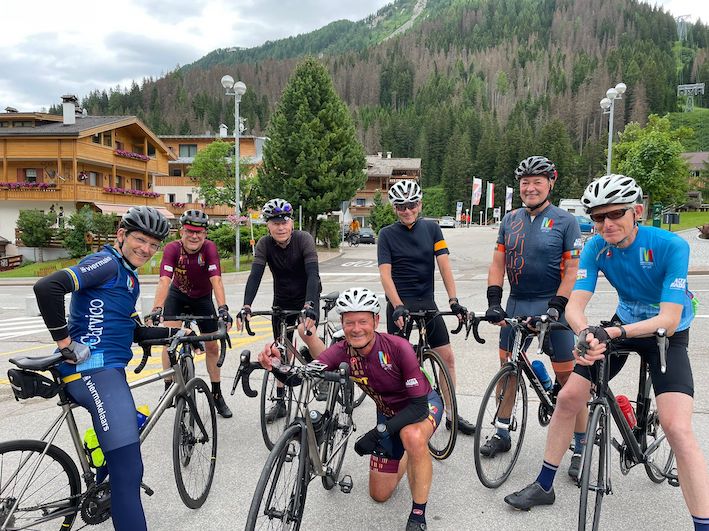
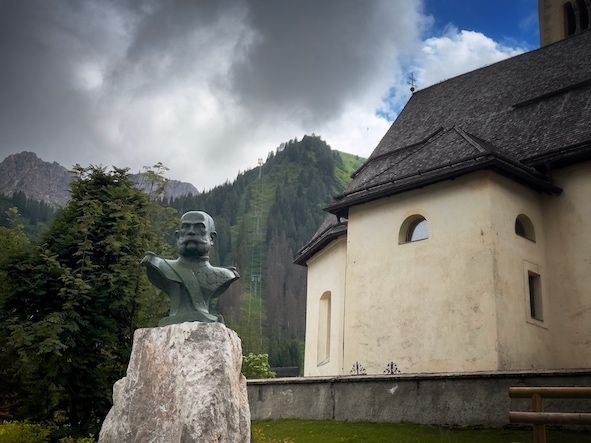
©oogvoorverandering
Every year in July the Maratona dles Dolomites is organized. It is an annual single-day road bicycle tour covering seven mountain passes in the Dolomites with 9,000 riders from 43 nations. I participated three times in this tour. National Geographic described it as “one of the biggest, most passionate, and most chaotic bike races on earth.”
I don’t agree with ‘chaotic’ because it is really very well organized. Is this the German Gründlichkeit which is part of their mixed culture? And the people are always cheerful and express they are proud of their region.
I’m in the Dolomites with my friends to conquer the beautiful cols in a gorgeous landscape. To give you an impression: the picture below shows how the Maratona looks like. Peter van de Putte my friend made this picture during the 2023 edition of the Maratona.
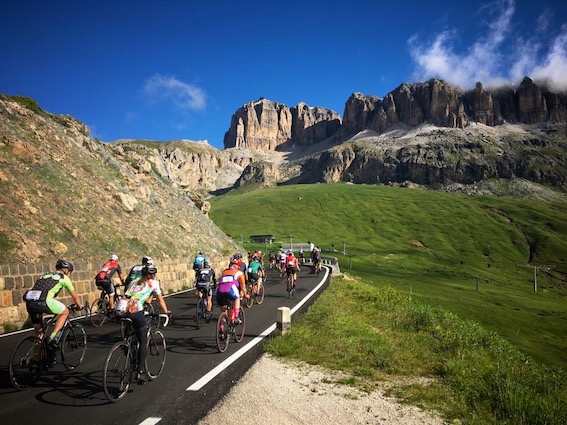
©Peter vd Putte
Astonished
On the Thursday before the Maratona event I give myself a day of rest while my younger friends are on their bikes. And in the hotel Cesa Padon where we stay I get talking to Milly Crepaz. She is the daughter of a woman who works in the hotel with her husband who is the cook. We talk about de the culture of this region.
That’s why I ask: “But what’s the people’s view of the Habsburg Empire?”. She replies: “The Habsburgs respected the local culture and the diversity within the empire.” And she continues: “A statue of Franz Josef was unveiled in Arabba two weeks ago. The previous mayor was also a sculptor”. Arabba is a village only 8 km from Pieve di Livinallongo, the place where we stay.
Milly works at the Istitut Cultural Ladin Cesa De Jan. This is a cultural organization dedicated to preserving and promoting the Ladin heritage of the municipality of Colle Santa Lucia, that is, of the customs, tradition, history and peculiarities of the village.
In the 2011 census, 20,548 inhabitants of South Tyrol declared Ladin as their native language. Ladin is an officially recognised language, taught in schools and used in public offices.
Ladin is a retro Roman language. Milly says that this language is most similar to French. In Corvara for example, ninety percent of the people still speak Ladin.
Is this a dialect or a language? “A language is a dialect with an army and a navy” is a well-known saying expressing the struggle to preserve a language and one’s own identity.
Milly makes me aware that in the hall of the hotel you can find a Ladin newspaper. This newspaper is issued every week.
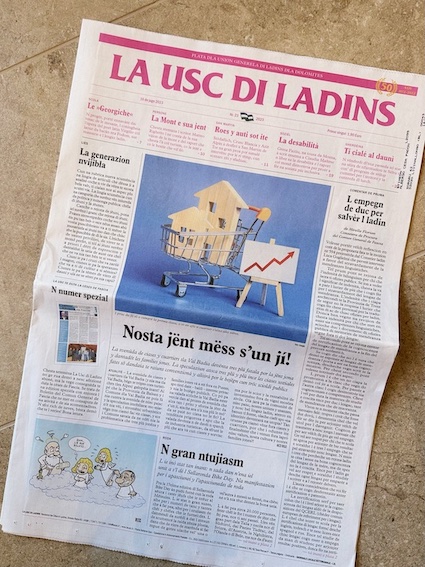
The cultural layers
But what is the origin of the Ladin language? What kind of cultural layers does this area have? Why are people so proud of their region? Let’s go back in history to get a glimpse of the layers in the Süd-Tiroler soul.
The Romans occupied the area south of the Brenner Pass in 59 BC. And since then they have established a government according to their right. The population romanized over the centuries until around 700 AD. In the centuries after the integration of the Alps into the Roman Empire, the Rhaetian people inhabiting the Dolomites at that time adopted the vulgar Latin spoken by the magistrates and soldiers and it gradually evolved into the Ladin language.
In the eighth century the Germanic tribe of the Bajuvars (Bavaria) took over the authority and they started to dominate the original inhabitants. Several counties arose, of which the county of Tyrol became the most important.
In 1363 Süd-Tirol came under the House of Habsburg and since then they belonged to Austria. The Ladins underwent a process of Germanization.
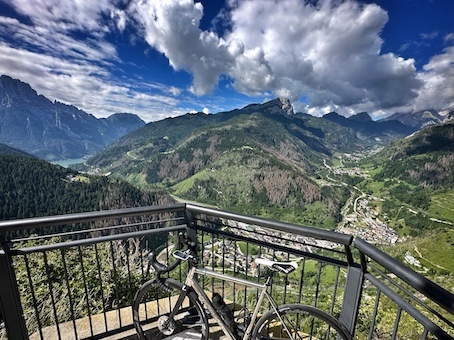
View on Caprile-Alleghe from the climb near Colle Santa Lucia ©oogvoorverandering
Colle Santa Lucia
For me as a cyclist Colle Santa Lucia was the relatively easy col before climbing the Passo Giau which is the hardest climb in the Maratona. You can easily drive past this village but of course this place has its own history.
Also Colle Santa Lucia belonged to the Austro-Hungarian Empire as part of Tyrol until 1923 and was annexed to Italy after the Great War. At the 1910 census, less than 3% of the population of South Tyrol spoke Italian.
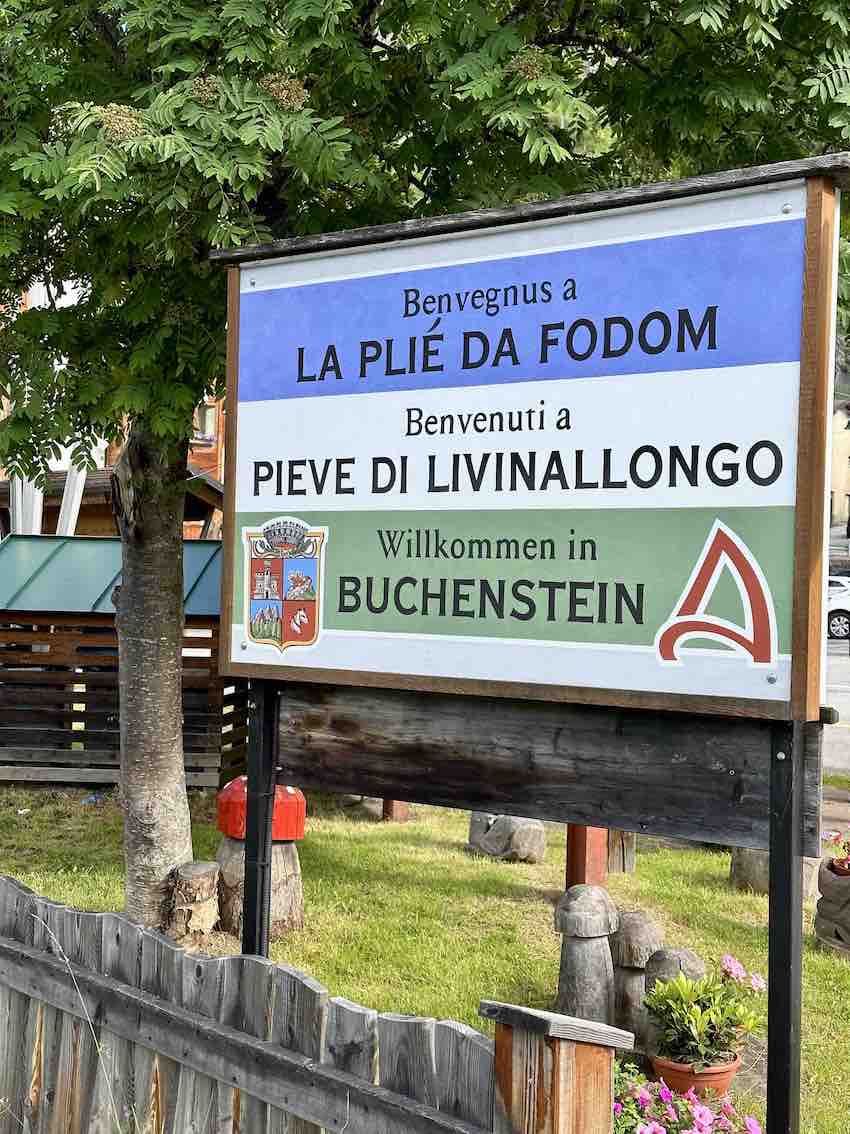
With my friends I stay in the hotel Cesa Padon. It is near the little village of Pieve die Livinallongo. The sign with the name of the village (picture above) shows the cultural layers of this area. With the Ladin name above……..
Pride
On the Friday before the Maratona event, I accompany my friends as they go to the registration for the tour. This year I didn’t subscribe for this event. In the ‘village de depart’ I wait for them while I hide from the rain under a roof near a bicycle shed. A proud volunteer kindly gives me a dry place.
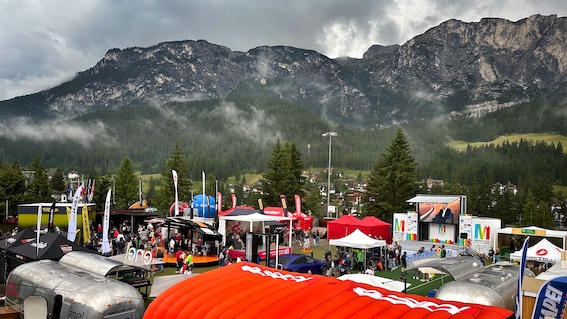
I notice pride in this man, proud of this event, proud of his region. When you cycle the Maratona you notice that all volunteers are proud of their region.
Then I wonder: what is the source of this pride? What’s the soul of this region?
In de deeper layers of the soul you find the Ladin legacy and than a German layer. And at the surface the relatively thin Italian layer. I imagine myself I see the expression of these deeper layers in the face of this man.
Süd-Tirol is not Italy!
Then I dive further into some details of the more recent history.
Under fascism, South Tyrol faced a policy of forced Italianization for two decades. The first phase in the 1920s involved an attempt at complete assimilation of the South Tyroleans by banning the German language, even extending to surnames and grave inscriptions.
When this did not lead to ‘loyal’ subjects quickly enough, the second phase followed in the 1930s: mass immigration from the rest of Italy, accompanied by industrialisation, attempted to change the ethnic balance, thus creating the desired pro-Italian demographic along the way. to achieve a majority. That was supposed to put an end to the pursuit of autonomy once and for all.
When the desired result was not achieved quickly enough, the ultimate solution was reached in phase three: the so-called Option. In 1939, Mussolini agreed with Hitler that the South Tyroleans would be given a choice: either stay in Italy, but give up all cultural identity, or keep that cultural identity, but then move to the Third Reich.
It was an impossible choice between Heimat and identity, which every South Tyrolean had to make personally. As a result of massive Nazi propaganda, at least two-thirds chose to move. A third of these actually left, until developments during the Second World War prevented a further exodus in practice.
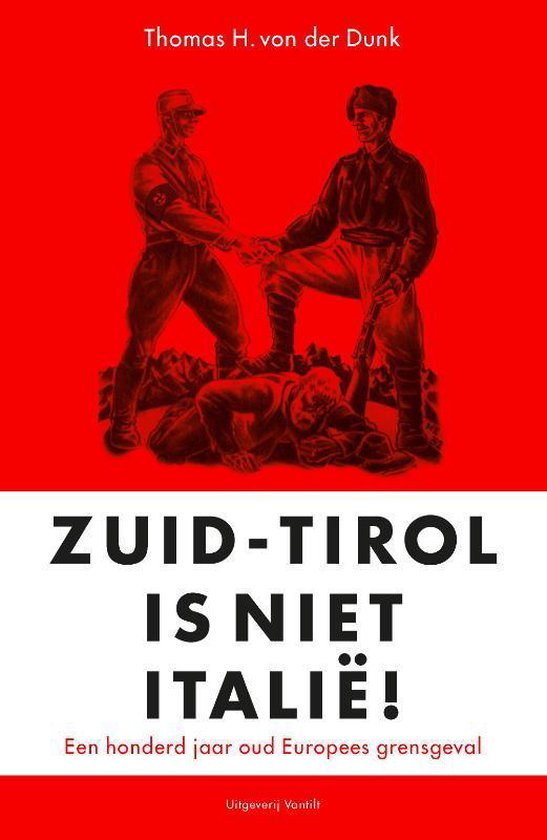
©oogvoorverandering
This is the story Thomas von der Dunk writes in his book ‘Zuid-Tirol is niet Italië!’ which means ‘South Tyrol is not Italy’.
Do I recognize methods here Russia nowadays also uses? Is the statue of Franz Josef a statement? A call to preserve one’s own culture in a world where mass tourism and globalization reign supreme?
Fight against Napoleon
But I can find protecting the own culture even closer to the hotel. Milly tells me that less than 500 meters away the resistance heroine Katharina Lanz is buried in the local cemetery. Katharina Lanz was a peasant woman who fought Napoleon in women’s clothes. She is considered a kind of Jeanne d’Arc.

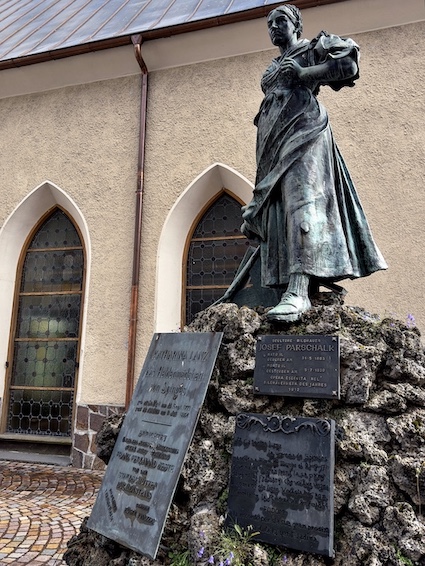
When I’m paying behind the cash register I see books about the battles of a century ago. In the Netherlands I am used to resisting the temptation to grab something from the box at the checkout that contains all kinds of unnecessary delicacies and consumer items. Here behind the cash register are books about the war from a century ago!
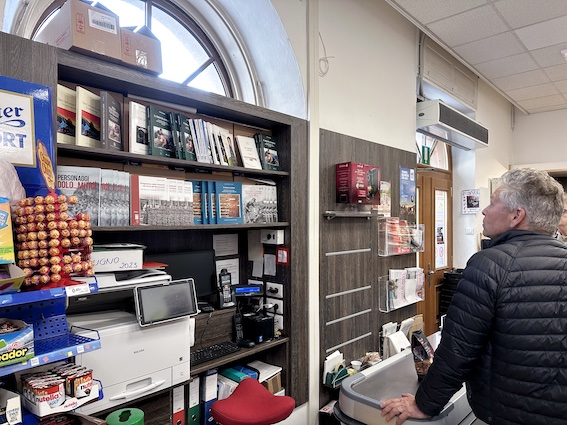
Back in the market square I see a bench with the inscription inspired by Katharina Lanz: ‘when a woman fights for herself, she fights for everyone else’. That makes a man think.

©oogvoorverandering
Combining the strenghts of the several cultural layers
South Tyrol is regarded in international law circles as exemplary for dealing with national minorities. I came across The Myth of Homogeneity. The Myth of Homogeneity is a project to acquire a clear and in-depth picture of the history of the relationships between national minorities and majorities in Western Europe during the interwar years.
In an article they conclude: “South Tyrol’s autonomous institutions may correctly be commended as “one of the most successful cases of consociational conflict regulation in the world”. The reasons for their success lie as much in their institutional design as they do in the complex and multi-layered identities of the province’s population. The nationalist excesses of the twentieth century have essentialized individual traits of these identities (in this case, language).”
Okay, this is scientific language. In other words: Süd-Tirol is successful in combining the strenghts of her diverse cultural identities. In today’s polarized world a good example of how you can convert diversity into a strength.
Two days later I drive home with my friends with eight cols in my legs, some tasty Italian delicacies and good memories. But also with impressions of the rich history of this area. And I again realize that extra effort is needed to preserve one’s own culture and identity. And that the pride of this region expresses itself by the hospitality I experience every year as a cyclist. I am grateful.
Sources
https://spectator.clingendael.org/nl/publicatie/separatisme-europa-zuid-tirol-als-historisch-voorbeeld
https://themythofhomogeneity.org/tag/south-tyrol/
https://en.wikipedia.org/wiki/Ladin_language
https://www.altabadia.org/en/italian-alps-dolomites/about-alta-badia/the-ladin-language-and-culture.html
https://nl.wikipedia.org/wiki/Zuid-Tirol#Geschiedenis
https://en.wikipedia.org/wiki/Italianization_of_South_Tyrol
https://de.wikipedia.org/wiki/Katharina_Lanz
0 reacties